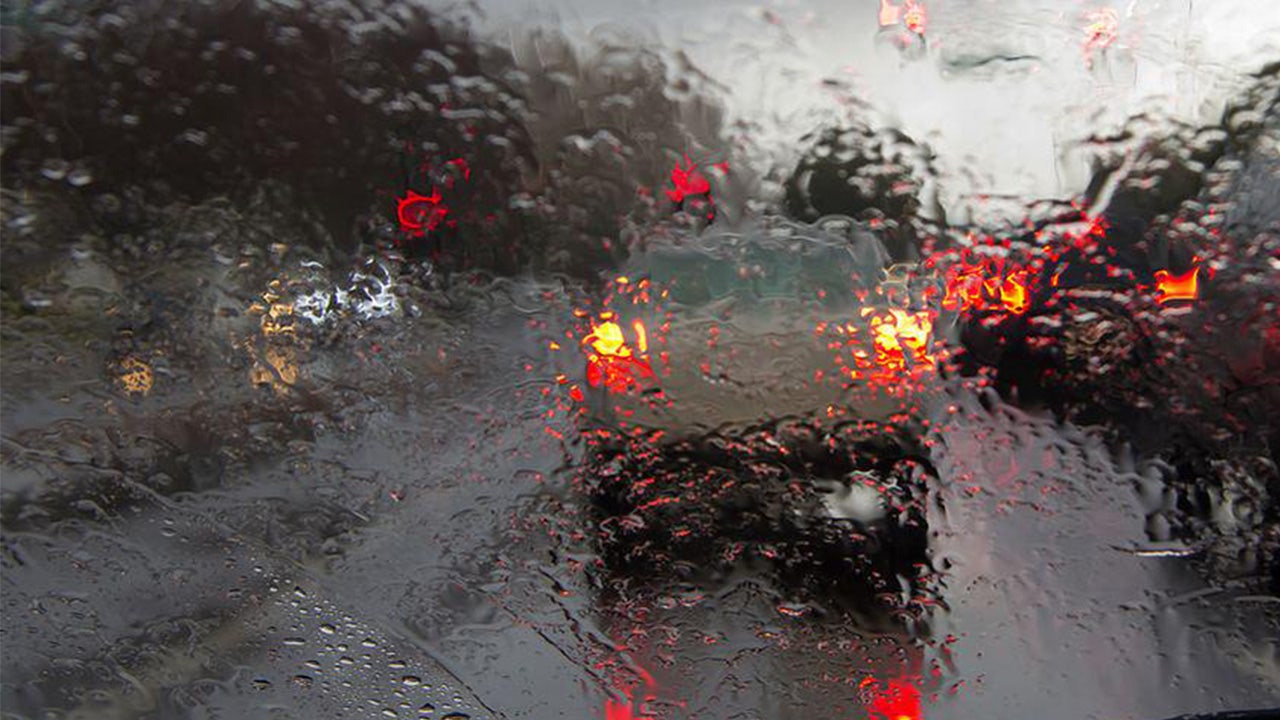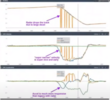Found the latest to be slightly better at some things, even in heavy rain the past two days, 30mi of driving home from work, only have a few disengagement due to the heavy weather...this is why autonomous isn't happening anytime soon with anybody, in FL, the rain can be horrendous. It was pretty good rain, I would say a med-med/heavy and it did well with as I said, a few autopilot can't work now notices due to the above.
Sentry was supposed to be fixed, some say it is, I say I don't think mine is still working. I tried testing it, maybe it takes a few minutes to start working once leaving the car, but the Sentry Eyeball screen wouldn't come on when walking up next to the car, no phone, no keycard near me, car locked. It wouldn't flash lights or anything...I've turned it on/off, ensured all the boxes unchecked like exclude home/work etc...still didn't seem to work. Guess I need more testing or someone can explain circumstances it should work?!?!
Every car with ACC I've owned, they all do the same thing the person above reported, about a car moving over a lane or turning, and your car keeps slowing down and takes a few extra seconds to then accelerate. That is entirely software I believe. My other two cars with ACC, a BMW and VW, both with radar and cameras, do the same thing. They take an abnormal amount of time when a person driving would start to get on the accelerator and go with the car ahead and there is pretty much non reason/chance that vehicle would not be out of the turn/road by the time you are comfortably near it. The cars all seem to be very conservative about this behavior. Also, none of these systems seem to handle/pickup early enough while fast approaching traffic at a light stopped like your human eye does...they all wait too late, or will just run you 50mph into the back of a car with no slowing, or slows too late so you have to intervene and collision alert is going off. Which BTW, had an incident this morning where coming up fast with no AutoPilot/Autosteer going on, and the car didn't even attempt to alert me I was going to ram the cars at the light stopped. I have collision set at regular/med, but even in Late, it should have been going nuts...but didn't say a thing. I know this isn't city driving and I don't have FSD or Beta...maybe they handle this better...regular autopilot/ACC just doesn't do it I found no matter what manufacturer and technology I've owned.
Sentry was supposed to be fixed, some say it is, I say I don't think mine is still working. I tried testing it, maybe it takes a few minutes to start working once leaving the car, but the Sentry Eyeball screen wouldn't come on when walking up next to the car, no phone, no keycard near me, car locked. It wouldn't flash lights or anything...I've turned it on/off, ensured all the boxes unchecked like exclude home/work etc...still didn't seem to work. Guess I need more testing or someone can explain circumstances it should work?!?!
Every car with ACC I've owned, they all do the same thing the person above reported, about a car moving over a lane or turning, and your car keeps slowing down and takes a few extra seconds to then accelerate. That is entirely software I believe. My other two cars with ACC, a BMW and VW, both with radar and cameras, do the same thing. They take an abnormal amount of time when a person driving would start to get on the accelerator and go with the car ahead and there is pretty much non reason/chance that vehicle would not be out of the turn/road by the time you are comfortably near it. The cars all seem to be very conservative about this behavior. Also, none of these systems seem to handle/pickup early enough while fast approaching traffic at a light stopped like your human eye does...they all wait too late, or will just run you 50mph into the back of a car with no slowing, or slows too late so you have to intervene and collision alert is going off. Which BTW, had an incident this morning where coming up fast with no AutoPilot/Autosteer going on, and the car didn't even attempt to alert me I was going to ram the cars at the light stopped. I have collision set at regular/med, but even in Late, it should have been going nuts...but didn't say a thing. I know this isn't city driving and I don't have FSD or Beta...maybe they handle this better...regular autopilot/ACC just doesn't do it I found no matter what manufacturer and technology I've owned.
Last edited:




